
PROJECT
Queer History Illustrations
TOOLS
Photoshop, Wacom Cintiq
Queer History Illustrations
A series of illustrations for Pride month of gay icons.
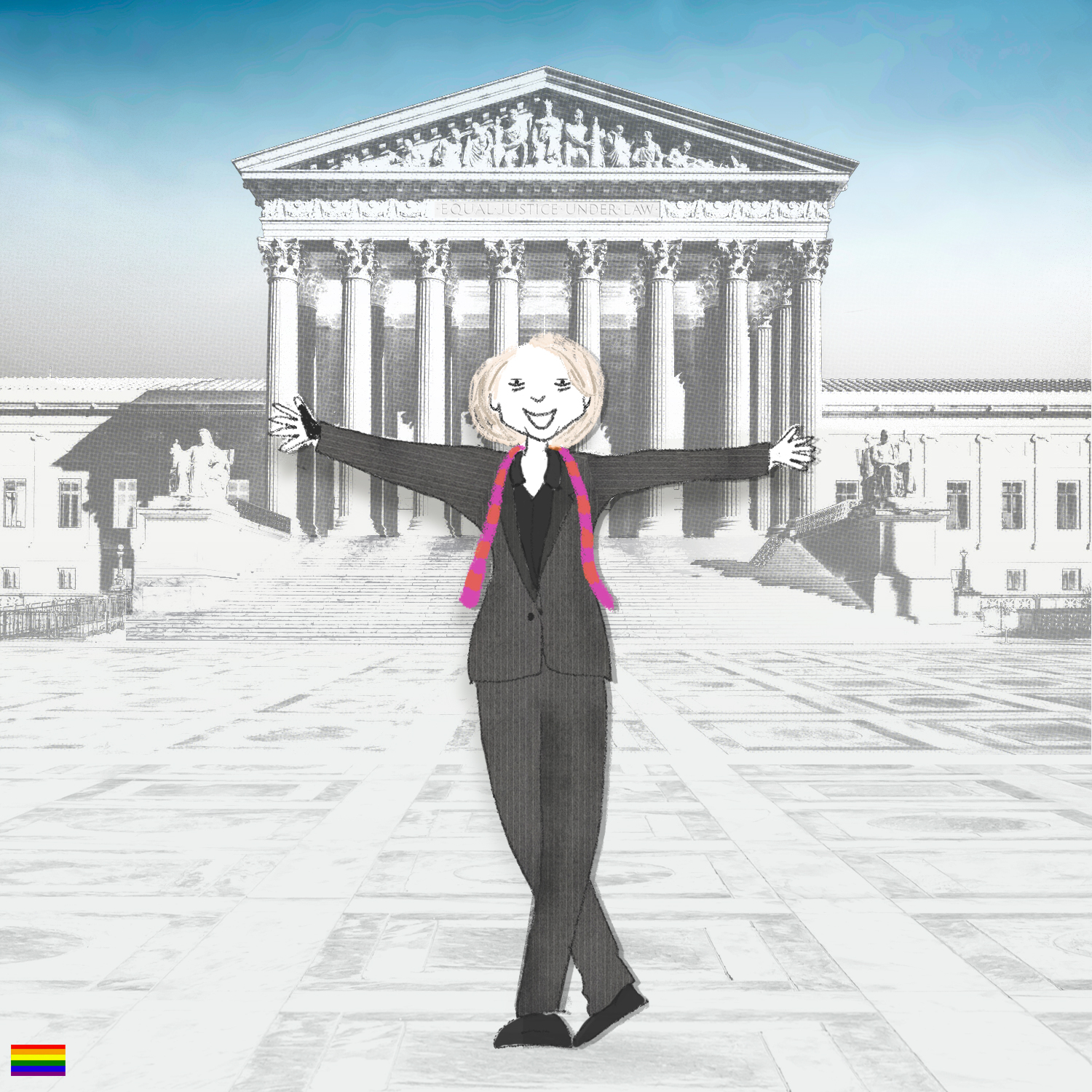
Edie Windsor
Edie Windsor was an American LGBT rights activist and a computer programmer. She met Thea Spyer in 1963, entering into a domestic partnership in New York in 1993 as soon as it became legal, and married in Canada in 2007. Thea passed away in 2009. Edie was required to pay $363,053 in federal estate taxes on her inheritance of her wife’s estate.
She took it to the courts and was the lead plaintiff in the Supreme Court case United States v. Windsor. The case overturned Section 3 of the Defense of Marriage Act. It is a landmark legal victory for the same-sex marriage movement in the United States. There is an excellent doc about it – “Edie & Thea: A Very Long Engagement”. And a very entertaining “Drunk History”. Both are well worth the watch.
Lisa Ben
Edythe D. Eyde, using the pen name Lisa Ben, created the first known lesbian publication in the world, “Vice Versa”.
She worked at RKO Pictures as a secretary and was told by her boss to “look busy all the time, but don’t knit or read a book”. So Eyde began typing her magazine, running each issue twice through with five carbon copies to make a total of 12 copies. She encouraged her readers to pass them around once they were read. “Vice Versa” was started because she wanted to meet other people like her, it “gave me a way of reaching out to other gay gals—a way of getting to know other gals …when I had something to hand out and when I tried to talk girls into writing for my magazine, I no longer had any trouble going up to new people.”.
She also wrote and performed gay-themed parodies of popular songs at a gay club called The Flamingo. She wanted to create gay entertainment that was not self-deprecating or demeaning.
The National Lesbian and Gay Journalists Association have an award named after her “The NLGJA Lisa Ben Award for Achievement in Features Coverage” which is given out yearly to to honor a journalist whose body of work is distinguished by insight and impact through engaging features on LGBTQ individuals, the LGBTQ community or LGBTQ issues.
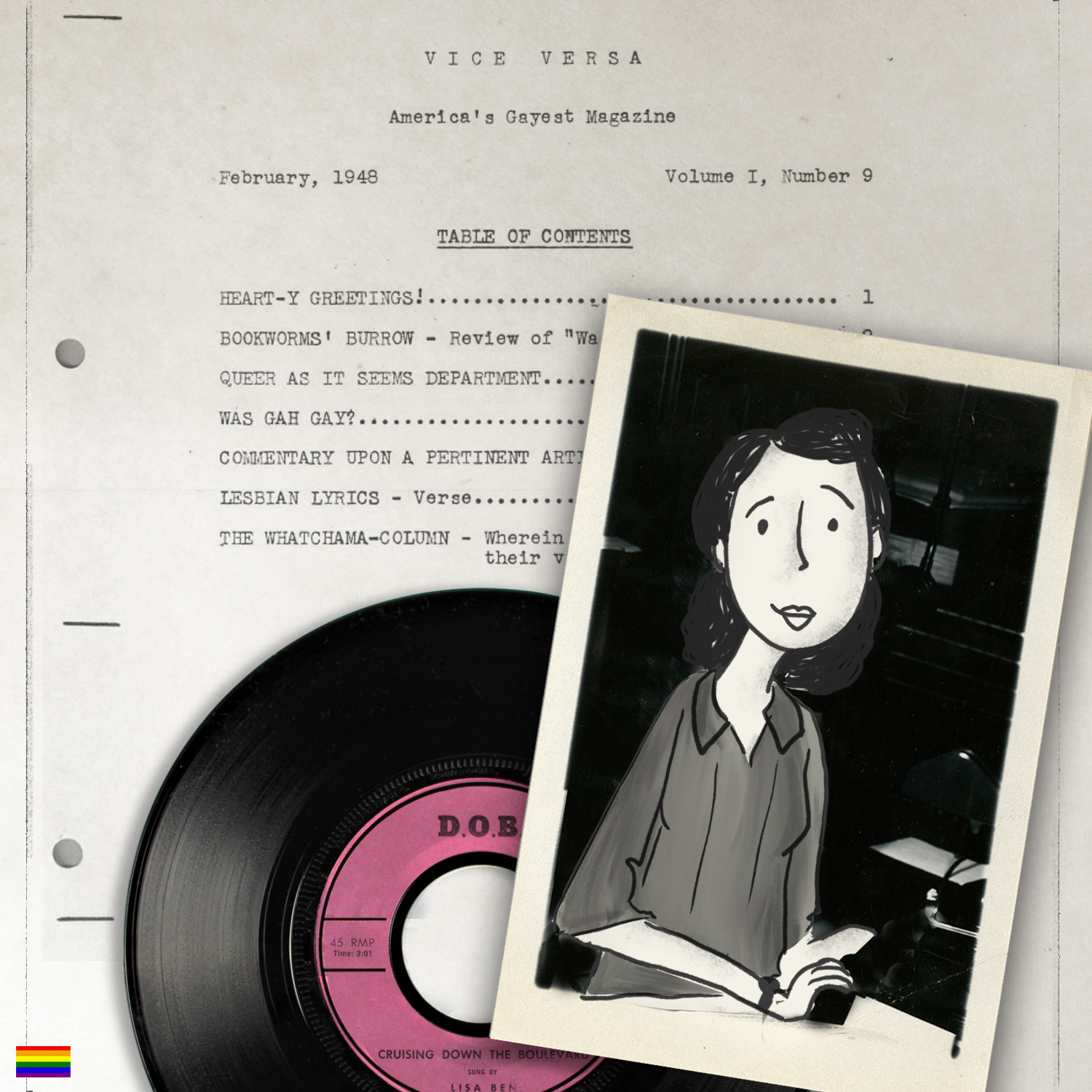
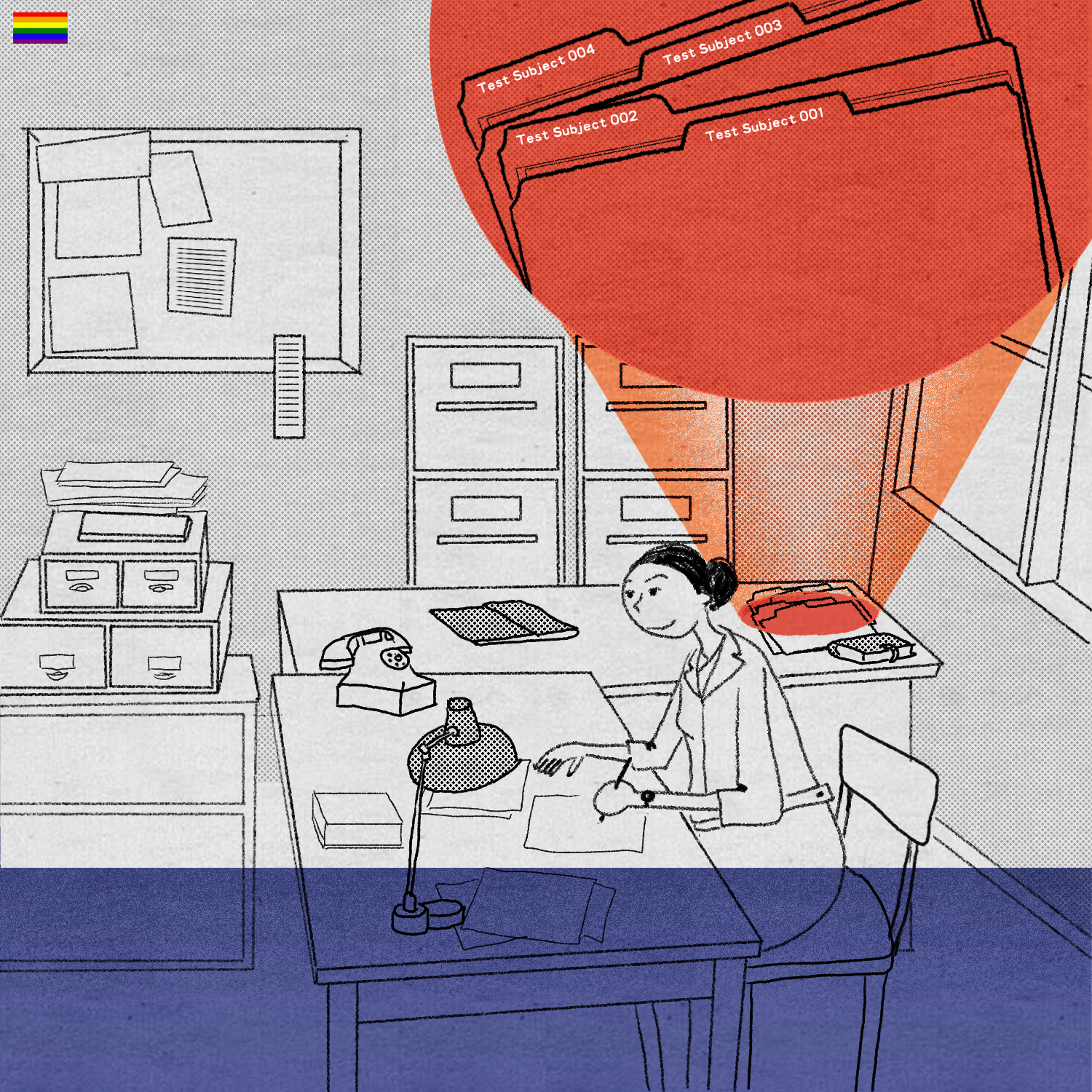
Evelyn Hooker
Evelyn Hooker was a psychologist who wrote the 1957 paper “The Adjustment of the Male Overt Homosexual”. In this study, she administered various psychological tests to 30 heterosexual men and 30 homosexual men. After a year of gathering data, Evelyn presented the 60 unmarked psychological profiles to a team of three expert evaluators and asked them to identify the sexual orientation and to rate the mental health of each subject.
The results showed that expert judges could not distinguish the homosexual men from a comparable group of heterosexual men, nor were there differences in ratings.
Her study that homosexuality is not an illness led the way to the removal of homosexuality from the American Psychiatric Association’s Diagnostic and Statistical Manual of Mental Disorders. Though her findings were widely accepted and never disproven, removal from the DSM didn’t happen until 1973.
Gilbert Baker
Gilbert Baker designed the now iconic rainbow flag. He created two flags at the Gay Community Center in San Francisco with thirty volunteers who helped hand dye and stitch the flags for San Francisco Pride in 1978.
The original flag consisted of eight colors, meant to reflect the diversity of the LGBT community, symbolizing Sex, Life, Healing, Sunlight, Nature, Magic/Art, Serenity and Spirit. It was eventually pared down to the six color flag we know today.
In 2011 Hillary Clinton, acting as secretary of state, said in in a speech before the United Nations “gay rights are human rights”. Since then, durning Pride month, the flag has been put up in United States Embassies around the world.
Until this year when the request to fly the Pride flag was rejected by this administration.
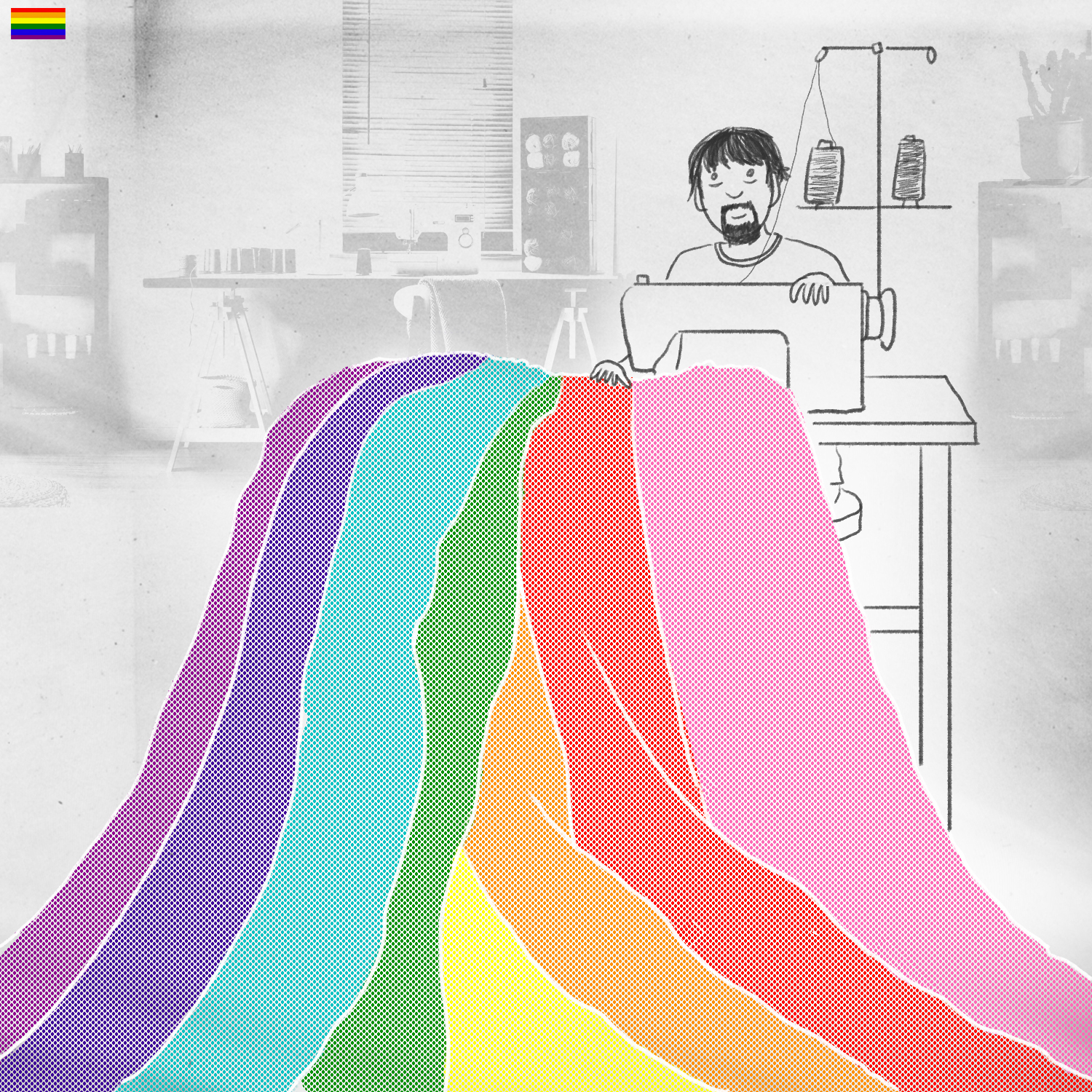
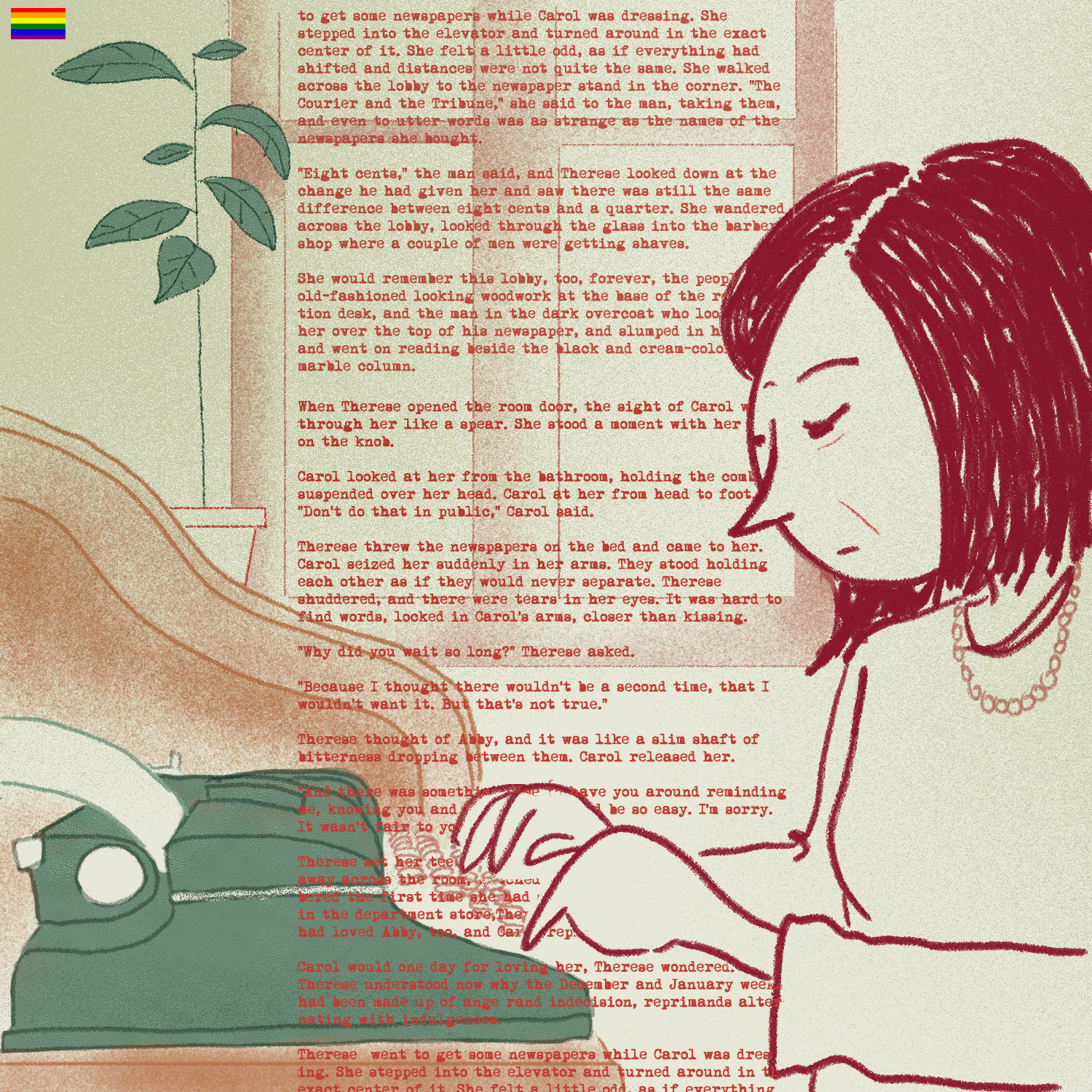
Patrica Highsmith
Patrica Highsmith published the first lesbian novel with a happy ending, “The Price of Salt” in 1952, which was adapted into the movie “Carol”.
Mostly known for suspense and thrillers, Highsmith also wrote the Tom Ripley series (which were adapted into a few different movies) and “Strangers on a Train” adapted into a movie of the same name by Alfred Hitchcock.
She wrote “The appeal of “The Price of Salt” was that it had a happy ending for its two main characters, or at least they were going to try to have a future together. Prior to this book, homosexuals… in American novels had had to pay for their deviation by cutting their wrists, drowning themselves in a swimming pool, or by switching to heterosexuality…, or by collapsing – alone and miserable and shunned – into a depression equal to hell.”
Representation in books, movies, music is so important. The fact that she decided to write a story where the characters are not damned for being gay was groundbreaking. She wrote it under a pseudonym so she wouldn’t be branded a lesbian-book writer.
It is one of my favorites. I reread this book at least once a year.
Ray Hill
Ray Hill was an activist who contributed to the visibility of Houston’s gay community.
He co-organized the first gay rights organization in 1967, hosted a radio show in 1968 that discussed queer issues, helped organize the first gay pride parade in 1976, was part of a group that rallied 12,000 gay and allied Houstonians to march against Anita Bryant’s visit in 1977. Bryant was outspoken on overturning a legislated ordinance that banned discrimination based on sexual orientation. Houstonians turned out in droves to peacefully protest her.
Ray was part of Queer Nation, an activist group that brought the case of Paul Broussard, a gay Houstonian, who was murdered outside of a bar, to the public eye and wouldn’t let it be swept under the rug. He was also involved with the Supreme Court case Lawrence v. Texas which is known for striking down sodomy laws in the United States.
I saw a short documentary, “The Trouble with Ray”, about him a few years ago that really made an impression. Hopefully it will be a full length feature soon!


Sally Ride
In 1983, Sally Ride became the first American woman in space. She joined NASA in 1978 and was part of the first class to include women.
In 2001. she started the company Sally Ride Science to inspire kids to get interested in math and science.
She was extremely private about her personal life.
Sylvia Rivera and Marsha P. Johnson
After being part of the 1969 Stonewall Riots, Sylvia Rivera and Marsha P. Johnson co-founded Street Transvestite Action Revolutionaries (STAR). They saw that the needs of street youth and transgender youth were being overlooked by other early gay groups, so they created STAR to fill the gap. They purchased a house in 1970 to provide housing and support to homeless queer youth.
At the time, Sylvia was 19 and Marsha 25. Sylvia had been living on the streets since age 11. Unfortunately, this iteration of the STAR house only lasted until 1971. In 2000,
Today, an estimated 30% of transgender people have been homeless at some point in their lives. The current administration has plans that make it harder for transgender people to access shelter facilities with a recently announced rule that would allow homeless shelters receiving HUD funds to turn people seeking away based on their gender identity. It is currently under review by the Office of Management and Budget.
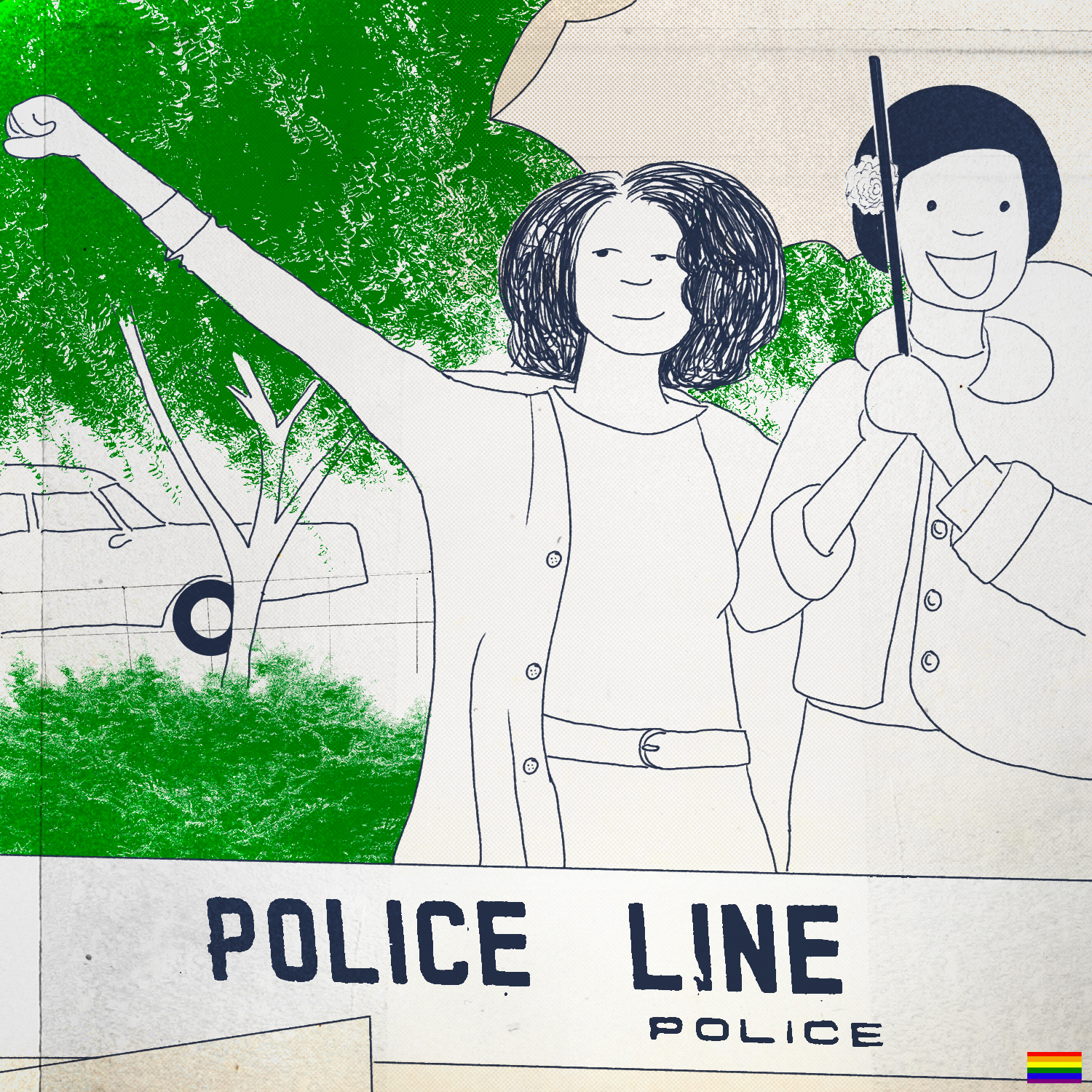

Toto Koopman
Toto Koopman (1908-1991) was a lot of things. Model, spy, gallerist, archaeologist.
She started in fashion, the earliest Vogue cover model then became an in-house model for Coco Chanel in Paris.
She became a spy for the Italian Resistance durning World War II. After being captured spying on high-ranking German officers she was deported to the Ravensbrück concentration camp.
While recuperating in Switzerland, she met the art dealer Erica Brausen, who she would be with for the rest of her life. Together they ran The Hanover Gallery in London. The gallery gave Francis Bacon his first solo exhibition and showed many other artists, some for the first time ever, including Marcel Duchamp, Max Ernst, Alberto Giacometti, and Man Ray.
In the 1950s Toto went back to school at the University of London for archaeology and took part in several archaeological excavations.
In 1959 Koopman and Brausen purchased a property on the island of Panarea where they built six villas with extensive gardens and entertained lavishly until Toto’s death in 1991.
